Project Guide: Stenciling Fabric

by
Hometalk Guides
(IC: blogger)
Adding a stencil to a boring piece of fabric is an easy and effective way to give it some color and style. Stenciling has become a popular trend in the DIY community, but it's not quite as foolproof as it sounds. Before planning your next stencil makeover, avoid any do-overs by checking these quick tips.
1. Buy the right medium for your project
- Take your piece into a well-ventilated room where it will dry well
- If you are indoors, open windows to increase ventilation
- This project will not be a messy one, but if you're concerned about paint droplets or spills, lay down a dropcloth
3. Prepare Yourself for Working
- Dress in clothing you won't mind marking up with paint
- Tie back hair
4. Prepare Your Surface
- Clean your surface well with a microfiber rag, or another cloth that won't leave behind threads or fluff
- Using painter's tape, tape off any areas you don't want to get paint on
- If possible, use painter's tape to secure your fabric to a flat surface
Basic Tools Include:
- Microfiber cloth (to clean surface)
- Stencil
- Stencil brush
- Foam roller
- Painter's tape
- Pencil
- Base color paint
- Accent color paint
- Paper towels
- Level
- Palette (or plate)
- Ruler
- Baby wipes (for cleaning or touch-ups)
1. Painting
- If using a roller, load up your paint slowly, making sure that it coats your foam surface evenly on all sides
- Before you start painting, roll excess paint off of your roller onto a folded paper towel until your roller looks fully coated, but almost dry
- Roll your paint over your stencil with medium pressure, going over sections multiple times to cover them fully
- If you press too much on your roller, you risk the paint bleeding underneath your stencil
- Leave edges and corners for last, so that you can cut your stencil to fit those tighter spaces
- Dip just the tip of your brush in the paint and then, like the roller, unload the excess on a paper towel until your brush looks dry
- When filling in your stencil, paint in a pouncing motion, lightly dotting the design, or try gently swirling your brush in small circles over your stencil
- Because fabric is more flexible, applying too much pressure can stretch the fabric past the stencil edges and ruin your final outcome, so apply light to medium pressure
- Don't brush in a regular back and forth motion, or paint will build up on the open edges of your stencil and will likely bleed under
- Leave edges and corners for last, so that you can cut your stencil to fit those tighter spaces
- Even though your stencil will be covered in paint, if you're making sure to get rid of the excess paint before you fill in with your brush or roller, you won't need to wash your stencil in between areas
- Don't be afraid to cut your stencil to fit smaller corners or tighter space, just make sure that you've finished painting the larger spaces before cutting your stencil
Cleaning Up:
- As you're working, feel free to carefully lift a small corner of your stencil to make sure the design is coming out well without major bleeding
- For some fabrics, like leather, you can quickly clean up and messy edges or areas with a baby wipe while the paint is still wet
- Keep in mind that many fabrics are more forgiving than hard surfaces, so even if there is some minor blemish or bleeding, it should be only barely noticeable
Projects to Look At
Enjoyed the project?

Want more details about this and other DIY projects? Check out my blog post!
Published September 7th, 2015 9:28 PM



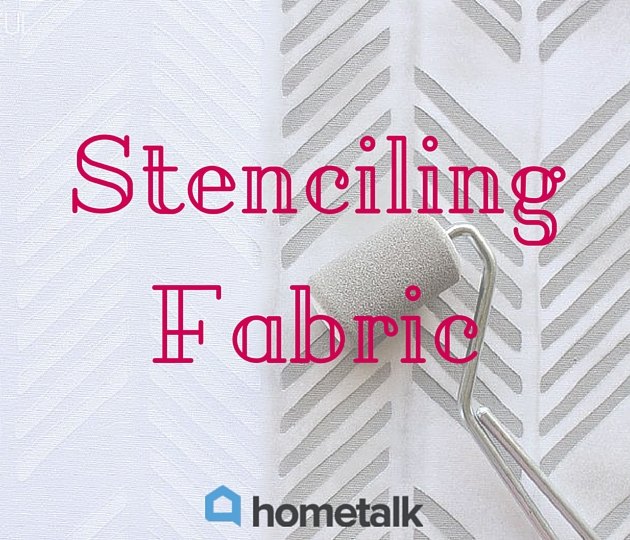












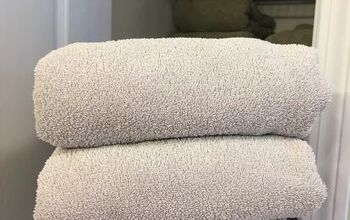
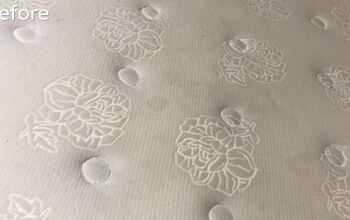
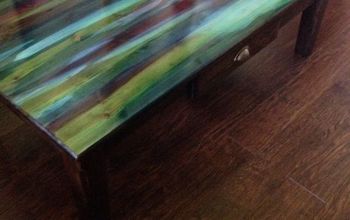
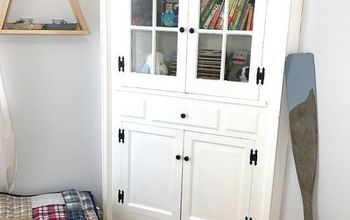

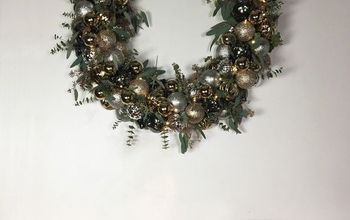

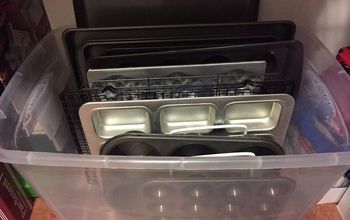
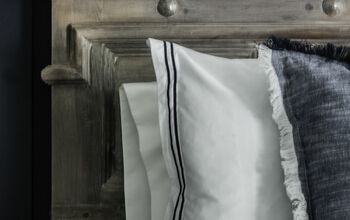





Frequently asked questions
Have a question about this project?